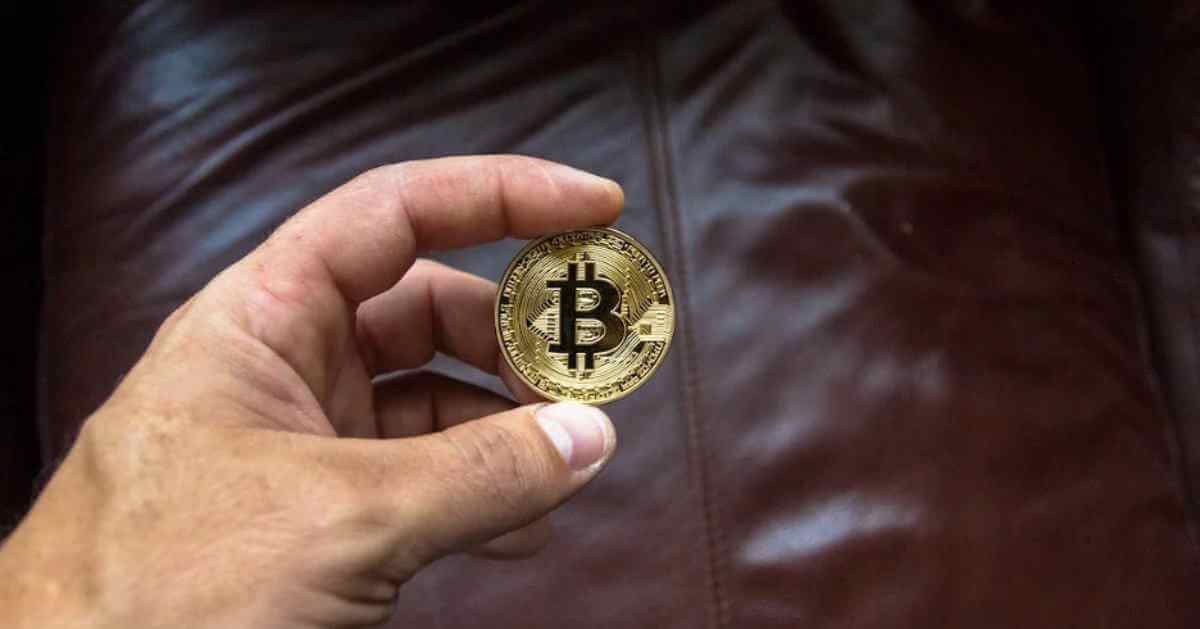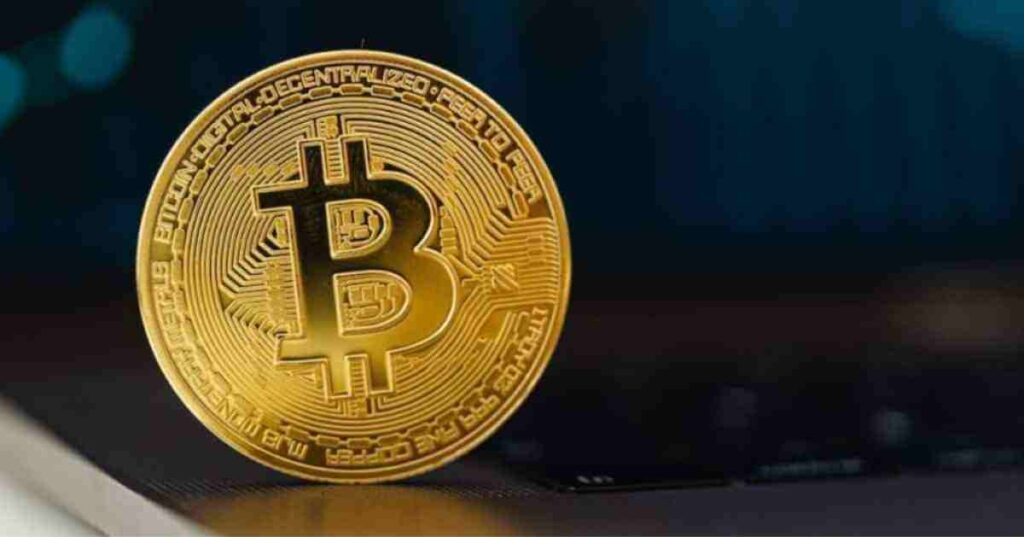Bitcoin’s Potential in the Internet of Things (IoT) Domain

Over the last few years, the Internet of Things (IoT) has been making waves as a revolutionary technology in numerous sectors. It has enabled the seamless connection of devices, allowing them to share data and communicate with each other. This opens up a myriad of opportunities for businesses to embrace automation and gain greater insights into their operations.
Understanding Bitcoin and IoT
Bitcoin is a digital currency that has gained popularity due to its decentralized nature. It operates independently of government or financial institution control, making it a popular choice for those who value privacy and autonomy. Bitcoin was designed to facilitate peer-to-peer transactions without relying on intermediaries, such as banks or payment processors. The underlying technology behind Bitcoin, known as blockchain, is a decentralized ledger that supports a secure and transparent network.
Blockchain technology is a distributed ledger that records transactions on a network of computers. Each transaction is verified by a network of users and added to the blockchain, creating a permanent and unalterable record. This means that transactions are secure and transparent, making it difficult for fraudsters to manipulate the system.
What is Bitcoin?
Bitcoin is a cryptocurrency that operates independently of government or financial institution control. It was designed to facilitate peer-to-peer transactions without relying on intermediaries, such as banks or payment processors. The underlying technology behind Bitcoin, known as blockchain, is a decentralized ledger that supports a secure and transparent network.
Bitcoin has gained popularity as a digital currency due to its ease of use and low transaction fees. Transactions can be made quickly and easily, without the need for a bank or payment processor. Bitcoin can also be used to purchase goods and services online, making it a popular choice for those who value convenience and security.
What is the Internet of Things (IoT)?
The Internet of Things (IoT) refers to devices that can be connected to the internet and can interact with each other, sharing data and performing automated tasks. This network of devices includes everything from cars and appliances to wearable devices and infrastructure sensors. IoT devices are becoming increasingly popular due to their ability to improve efficiency and automate tasks.
IoT devices can be used to collect data on everything from temperature and humidity to energy consumption and traffic patterns. This data can then be used to make informed decisions and improve the efficiency of various systems. For example, a smart thermostat can collect data on temperature and humidity levels in a home and adjust the temperature accordingly, improving energy efficiency and reducing costs.
How Bitcoin and IoT are related
Bitcoin can be used in an IoT environment for micro-transactions, identity verification, and supply chain management. By enabling micro-transactions between devices, the need for intermediaries like banks or payment processors is eliminated. This, in turn, decreases transaction costs, simplifies the payment process, and increases the speed of payment.
Identity verification is another area where Bitcoin can be used in an IoT environment. IoT devices can be used to collect data on individuals, such as biometric data or location data. This data can then be used to verify the identity of individuals, ensuring that only authorized users have access to sensitive data or systems.
Supply chain management is another area where Bitcoin can be used in an IoT environment. By using blockchain technology, supply chain data can be securely and transparently recorded, ensuring that goods are tracked from production to delivery. This can help to reduce fraud and increase efficiency in the supply chain.
In the realm of the Internet of Things (IoT), Bitcoin’s potential is being further amplified by the emergence of Quantum AI Trading. This revolutionary approach combines the power of quantum computing and artificial intelligence to optimize trading strategies in the IoT domain. By leveraging advanced algorithms and real-time analysis of vast data streams, Quantum AI Trading opens up new avenues for maximizing returns and mitigating risks in this interconnected ecosystem. To find out more about our services and delve into the transformative possibilities of Quantum AI Trading in the IoT domain, don’t hesitate to explore further.
In conclusion, Bitcoin and IoT are two technologies that are changing the way we interact with the world around us. By enabling secure and transparent transactions between devices, these technologies are helping to improve efficiency and reduce costs in a variety of industries.
Advantages of Integrating Bitcoin with IoT
Enhanced Security and Privacy
By using the blockchain, Bitcoin provides a highly secure and immutable network. Blockchain technology ensures that once data is recorded, it cannot be altered or deleted without permission. This feature can be useful in providing an ultra-secure environment for IoT devices, enabling enhanced security and privacy for both data and payments.
Decentralization and Reduced Costs
The decentralized nature of blockchain technology ensures that no single entity controls the network. This allows for more democratic access to services, providing freedom from traditional institutions, which can be vital in environments where physical infrastructure is inadequate. As a result, reduced costs for transactions, maintenance, and security can be achieved.
Improved Efficiency and Automation
Bitcoin makes micropayments and micropayments make automation easier—and more accurate. With interconnected devices enabling automatic payments, businesses can optimize their operations and reduce errors. All in all, an environment in which Bitcoin and IoT are seamlessly integrated allows for highly efficient, automated systems.
Facilitating Micropayments
BTC makes micropayments possible. These are essential for mammoth-scale transactions that can’t be executed using tradition payment methods. By implementing microtransactions between devices, businesses can pay only for the services they use, which can be much more cost-effective than paying set fees. Additionally, the elimination of intermediaries reduces fees and streamlines the payment process.

Real-World Applications of Bitcoin in IoT
Smart Homes and Energy Management
In a smart home environment, the interconnected network of devices can use Bitcoin-enabled microtransactions to manage energy usage, making it more affordable and automated. This provides a myriad of advantages to businesses and consumers alike: simple and efficient transactions, reduced costs, data privacy, and security.
Supply Chain and Logistics
Supply chains are a prime environment for seamless integration of Bitcoin with IoT. By using real-time tracking and automated payments, businesses can streamline their operations and manage product deliveries with greater accuracy and ease.
Healthcare and Wearable Devices
With the increasing popularity of wearable devices, businesses can integrate Bitcoin as a means of transacting on their interconnected network. This facilitates more accurate data collection, reduces intermediaries, and incentivizes wellness practices. For example, a wearable device connected to a secure network can securely process medical records or incentivize individuals or businesses to continue wellness practices.
Autonomous Vehicles and Transportation
Self-driving cars and automated transport have enormous potential to create additional value in our lives. With the rise of autonomous transport, the payment systems used to keep these vehicles running have been developed on the blockchain. This arrangement ensures secure, immediate, and decentralized payment processing for drivers and infrastructure suppliers alike.
Challenges and Concerns
Scalability and Network Congestion
The integration of Bitcoin and IoT requires a scalable infrastructure, which is currently an issue with ongoing debates about Bitcoin scalability. This ensures that as more people adopt the technology and as more devices become connected to IoT, the network remains efficient while maintaining security. Adequately addressing this challenge will require innovative solutions like proof-of-stake, the Lightning Network, and other cryptocurrency-related protocols.
Regulatory and Legal Issues
The use of Bitcoin in the IoT could pose a challenge for mass adoption if legal or regulatory issues arise. For instance, government entities could enforce strict regulations on the use of Bitcoin and bear harsh consequences for breaking them. With time, however, authorities and policymakers may come up with a universal framework that makes way for the legal use of Bitcoin-powered IoT devices.
Energy Consumption and Environmental Impact
One potential setback to the mass adoption of Bitcoin-powered IoT is the high energy consumption of the blockchain network. It uses a lot of energy for processing transactions that power the devices. However, with innovative solutions that reduce power consumption and mining requirements (e.g. proof-of-stake), these concerns can be significantly minimized.
Conclusion
The integration of Bitcoin with IoT has the potential to revolutionize numerous industries and business operations. From security and privacy to cost savings, automation, and efficiency, Bitcoin’s integration with IoT can facilitate seamless transactions between numerous devices. While there are still some challenges to overcome, the benefits of integrating these two technologies are too significant to be ignored. With continued innovation and adaptation, Bitcoin’s potential in the IoT domain will continue to grow, changing the way companies conduct business and interact with their customers.
